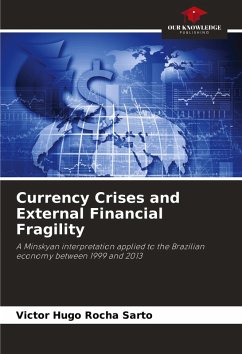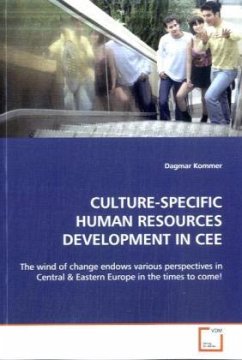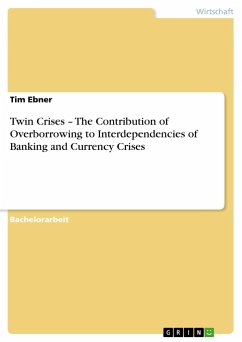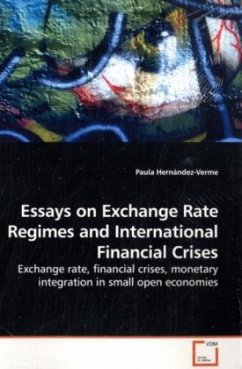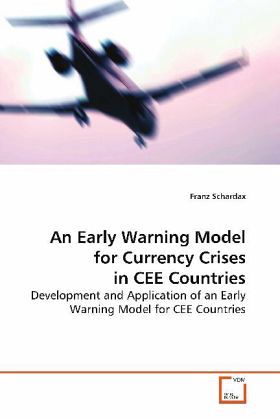
An Early Warning Model for Currency Crises in CEE Countries
Development and Application of an Early Warning Model for CEE Countries
Versandkostenfrei!
Versandfertig in 6-10 Tagen
32,99 €
inkl. MwSt.

PAYBACK Punkte
16 °P sammeln!
In this study, an early warning model for currencycrises was developed for a sample of quarterly datafrom twelve Central and Eastern European transitioncountries. Two multivariate probit regressions withall statistically significant economic variables on a(0,1)-distributed crisis variable were estimated. Forin-sample forecasts, the predictions of both modelspecifications proved to perform significantly betterthan random guesses as well as some comparable earlywarning models. Overall, the model appears to trackdevelopments in individual countries rather well,although the importance of some vari...
In this study, an early warning model for currency
crises was developed for a sample of quarterly data
from twelve Central and Eastern European transition
countries. Two multivariate probit regressions with
all statistically significant economic variables on a
(0,1)-distributed crisis variable were estimated. For
in-sample forecasts, the predictions of both model
specifications proved to perform significantly better
than random guesses as well as some comparable early
warning models. Overall, the model appears to track
developments in individual countries rather well,
although the importance of some variables seems to
change over time. With respect to economic
interpretations, the results of this study lend
support to first generation and generation two and
a half crisis models which place a big weight on
economic fundamentals in explaining currency crises.
crises was developed for a sample of quarterly data
from twelve Central and Eastern European transition
countries. Two multivariate probit regressions with
all statistically significant economic variables on a
(0,1)-distributed crisis variable were estimated. For
in-sample forecasts, the predictions of both model
specifications proved to perform significantly better
than random guesses as well as some comparable early
warning models. Overall, the model appears to track
developments in individual countries rather well,
although the importance of some variables seems to
change over time. With respect to economic
interpretations, the results of this study lend
support to first generation and generation two and
a half crisis models which place a big weight on
economic fundamentals in explaining currency crises.



